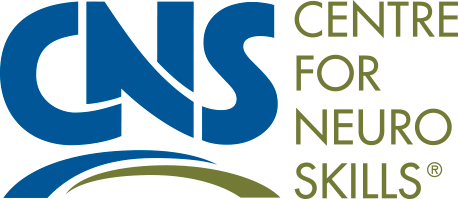As the COVID-19 crisis has enveloped the world, the risk to individuals living with a brain injury has yet to be fully appreciated. The risk of contracting the virus is likely elevated for individuals with brain injury.
People with a relatively recent injury, and people who have been living with injury may not have normally functioning immune systems and may have more co-morbid health conditions. As a result, they may be at higher risk for severe complications if they contract the COVID-19 virus.
As well, people without brain injury who experience a COVID-19 infection may emerge with damage to the brain.
We do not know whether neurologic symptoms that develop with infection from the virus will be permanent. These symptoms can include changes in a person’s sense of smell or taste, extreme fatigue, headache, or disorders of consciousness and may also include muscle damage. Some patients are emerging with symptoms similar to Guillain-Barre syndrome. People may additionally require prolonged treatment on ventilators. And these people will not only be physically debilitated, requiring rehabilitation, they may also have lung damage, heart damage, renal damage, and could add injury to the brain as well. Further, there are reports of a high prevalence of coagulopathies resulting in deep-vein thromboses, myocardial infarcts, and strokes. However, the prevalence cannot be fully distinguished from the increased risk seen in critically ill patients in general.
Unfortunately, there is very little research available at this point in time. What is available, however, speculates that, perhaps, the epithelial lining of capillaries in the brain may be damaged by viral budding within the capillaries, thereby potentially enabling the virus to invade the brain. A second mechanism postulates the entry of the virus via the cribriform plate near the olfactory bulb of the brain. And a third mechanism suggests the potential for easier entry via leaky blood-brain barrier function after brain injury.
For now, we can only hope that the neurologic symptoms are temporary. Further, we can only speculate on the course of the disease and how it will affect people living with brain injury. And we cannot know whether there will be only near-term consequences of viral infection or unknown, as of yet, long-term consequences.
If there is a heightened element of risk to a person living with brain injury for a more severe manifestation of the disease, it is all the more critical that they, and the people who love them, take every available precaution to prevent exposure.


Leave a Reply